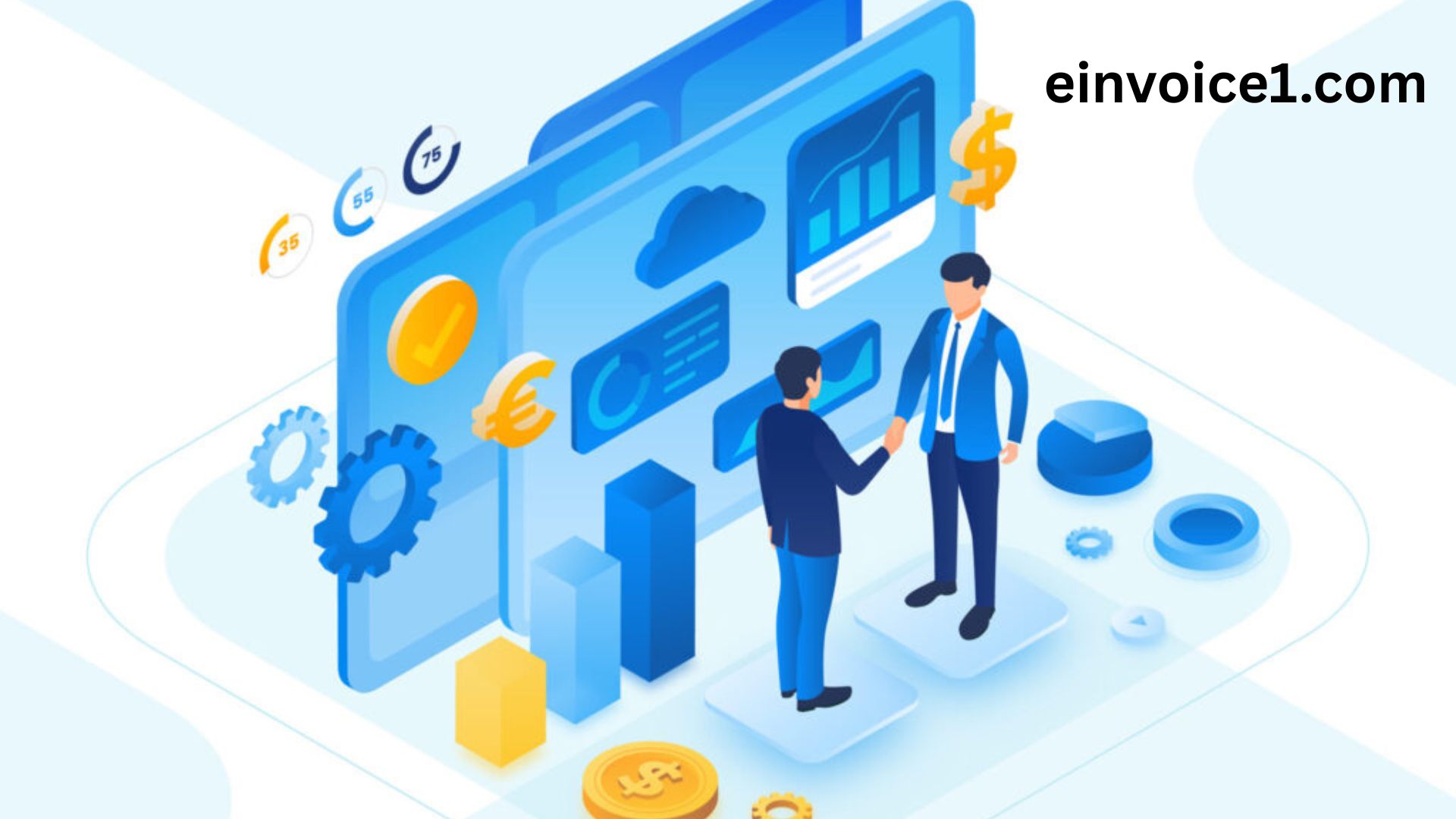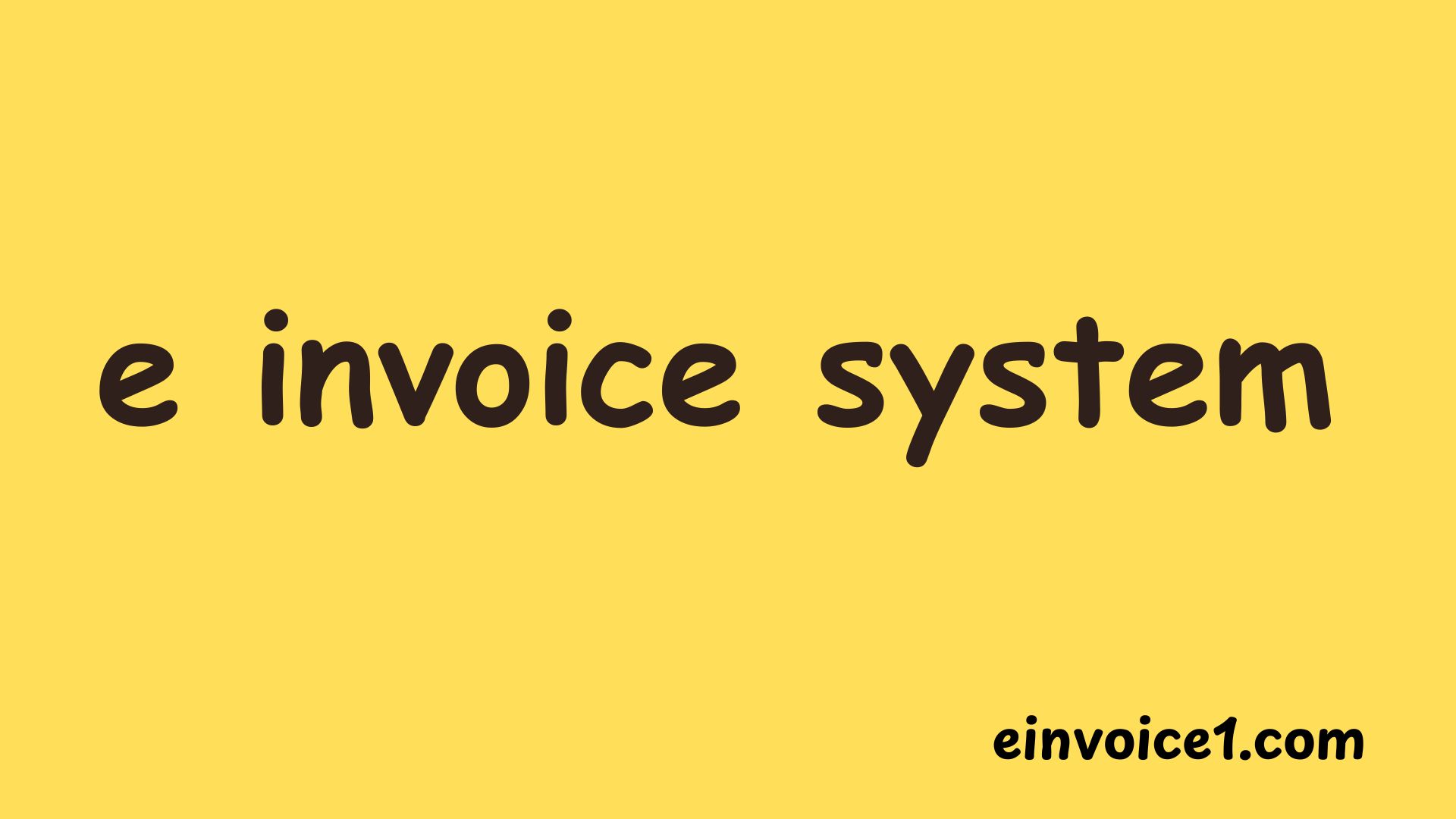In today’s fast-paced business environment, digital transformation has touched every aspect of financial operations, including invoicing. More companies and individuals are shifting from paper-based billing to electronic invoicing, also known as e-invoicing. At the heart of this system is the e invoice login process, which allows users to securely access, review, and manage their invoices from anywhere, at any time.
Electronic invoices save time, reduce errors, and help maintain accurate records for tax and compliance purposes. Whether you’re a small business owner, a freelancer, or part of a large corporation, understanding how to log in and navigate your e-invoice portal is essential. The process is straightforward, but knowing the right steps and best practices can save you both time and frustration. In this guide, we’ll walk you through how e invoice login works, its benefits, security tips, and common troubleshooting solutions. We’ll also compare different platforms, share real-life examples, and help you get the most out of your e-invoicing system.
Key Takeaways:
- E invoice login provides a secure way to access and manage your digital invoices online.
- Understanding your portal’s features can improve efficiency and accuracy in financial management.
- Following best practices ensures both security and compliance in e-invoicing.
Understanding E Invoice Login and Its Importance
An e invoice login is the gateway to your organization’s electronic invoicing platform. It’s typically accessed through a secure website or dedicated app provided by your invoicing software provider, government tax authority, or ERP (Enterprise Resource Planning) system.
The importance of a secure login process cannot be overstated. Digital invoices often contain sensitive business information, such as client details, payment terms, and tax data. Without proper login security, this information could be at risk.
Example:
Imagine a mid-sized logistics company that handles hundreds of invoices every month. Before adopting e-invoicing, their accounting team spent hours manually entering data and tracking payments. After switching to an e-invoice system, employees simply log in, upload data, and generate invoices automatically—cutting processing time in half.
Benefits of E Invoice Login:
- Centralized access to all invoices
- Real-time invoice tracking and status updates
- Compliance with tax regulations
- Reduced paperwork and storage costs
Comparing Popular E Invoice Login Platforms
Different countries and organizations use various e-invoicing platforms, each with unique login systems. Some are government-run, while others are private software solutions.
Comparison Table:
| Platform Name | Login Method | Key Features | ALT Text: “E Invoice Login Platforms Comparison Table” |
| GST E-Invoice (India) | GSTIN + OTP | Government tax compliance, real-time data | ALT text for accessibility included |
| Peppol Network | Username + Password | International standard, B2B invoicing | ALT text for accessibility included |
| QuickBooks Online | Email + Password + 2FA | Accounting integration, automated invoicing | ALT text for accessibility included |
| Xero | Email + 2FA | Cloud-based, multi-currency support | ALT text for accessibility included |
Brief Description:
The right platform for you will depend on your location, regulatory requirements, and the type of business you run. Government systems like GST E-Invoice ensure tax compliance, while private platforms like QuickBooks or Xero focus on convenience and business integrations.
Common Login Issues and How to Solve Them
Even the most reliable e invoice login systems can experience occasional hiccups. The key is knowing how to identify and resolve issues quickly.
Common Problems:
- Forgotten Password – Most platforms offer a password reset link sent to your registered email.
- Incorrect Username – Ensure you’re using the registered email or ID.
- Expired OTP (One-Time Password) – Request a new OTP and log in promptly.
- Browser Issues – Clear cache and cookies or try a different browser.
- System Downtime – Check the platform’s official announcements or status page.
Example Scenario:
A small retail store manager tries logging into their government e-invoice portal to download last month’s invoices. The OTP doesn’t work because it expired in less than a minute. By requesting a new one and ensuring they enter it quickly, the problem is resolved without contacting support.
Step-by-Step Guide to a Smooth E Invoice Login
Here’s a simplified process most e-invoicing systems follow:
- Visit the Official Login Page – Avoid third-party links.
- Enter Your Username or ID – This could be your email, GSTIN, or assigned company code.
- Input Your Password – Use a strong, unique password.
- Complete Security Verification – Enter an OTP or answer a security question.
- Access the Dashboard – From here, view, create, or download invoices.
Security Best Practices:
- Enable two-factor authentication (2FA)
- Change your password every 90 days
- Use a password manager for secure storage
Security Considerations for E Invoice Login
Since e invoice login often involves sensitive data, cybercriminals may target these systems. Awareness of potential threats and proactive security measures is crucial.
Potential Risks:
- Phishing emails mimicking login pages
- Weak passwords susceptible to brute force attacks
- Shared credentials among multiple users
Expert Insight:
According to the Cybersecurity & Infrastructure Security Agency (CISA), multi-factor authentication can prevent over 99% of automated account takeover attempts.
Security Checklist:
- Verify SSL certificates on login pages
- Avoid public Wi-Fi when accessing invoices
- Regularly update your device’s software
External Reference:
For detailed cybersecurity best practices, visit CISA’s official website.
Future of E Invoice Login: Trends and Innovations
The future of e invoice login will focus on enhancing security and convenience through technology. AI-powered verification, biometric logins, and blockchain-based authentication are already in early adoption stages.
Emerging Trends:
- Facial recognition for invoice portal access
- Voice-activated login commands
- Blockchain for immutable invoice verification
Table: Future Login Technologies
| Technology | Expected Benefit | ALT Text: “Future E Invoice Login Technology Trends” |
| Biometric Login | Faster, more secure | ALT text for accessibility included |
| Blockchain Security | Immutable data records | ALT text for accessibility included |
| AI Fraud Detection | Real-time threat alerts | ALT text for accessibility included |
Conclusion
The e invoice login process is more than just entering credentials—it’s your secure entry point to managing financial documents efficiently. Whether you use a government-mandated platform or a private service, understanding how to log in, navigate, and troubleshoot issues is vital. From enhanced security measures like 2FA to future trends in biometric access, e-invoicing systems are evolving to meet the needs of modern businesses. By following best practices, you can protect sensitive data while enjoying the convenience of digital invoicing. If you haven’t yet explored your platform’s full features, now is the time. Secure your account, familiarize yourself with the dashboard, and streamline your invoice management for better productivity.
FAQs
Q1: How do I access my e invoice login page?
A: Go to your platform’s official website or app and enter your registered username and password.
Q2: What should I do if I forget my e invoice login password?
A: Use the “Forgot Password” option to reset it through your registered email.
Q3: Can I log in to my e-invoice portal from my phone?
A: Yes, most platforms offer mobile-friendly portals or apps for easy access.
Q4: Is two-factor authentication necessary for e invoice login?
A: Yes, it adds an extra security layer to protect your account from unauthorized access.
Q5: Why does my OTP expire so quickly during login?
A: For security reasons, OTPs are time-sensitive—enter them as soon as they are received.




